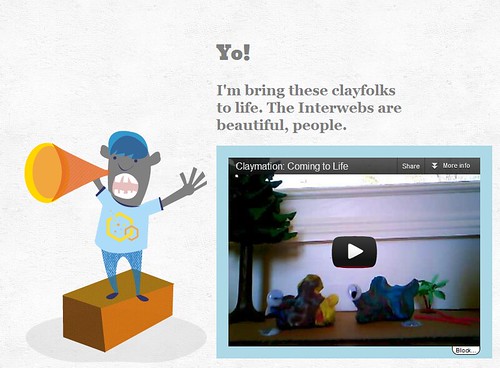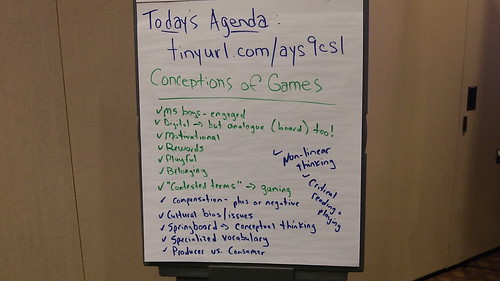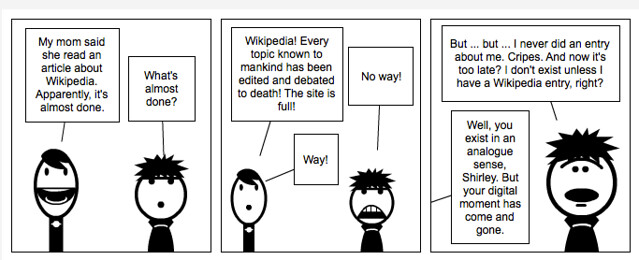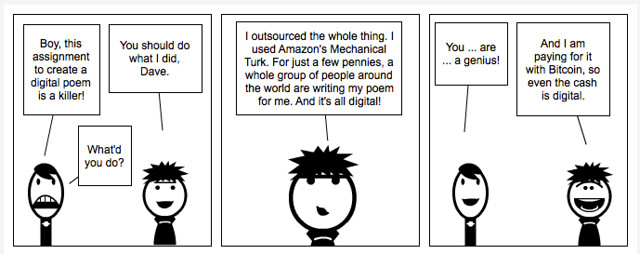
I know the movie Rise of The Guardians comes out soon, but I wanted to read the books in the series (Guardians of Childhood) first with my son. Honestly, I had some trepidation. Books that revisit and reboot the back stories of famous figures like Santa Claus, the Easter Bunny, and others? Yeah. I don’t know if that needs to be done.
So I was pleasantly surprised by Nicholas St. North and the Battle of the Nightmare King as a read-aloud with my son. The story (which never mentions Santa Claus, ever) of the swashbuckling pirate, Nicholas St. Nick, who joins an aging wizard and a young girl named Katherine to fight off the (literal) armies of darkness under the command of the evil Pitch is a rollicking yard, moving at a quick pace with just enough magic and sword fights and mystery (and connections to popular culture’s understanding of the man from the North Pole) to keep both of us interested. It was a quick read but we were both wondering what was going to happen next.
A number of times, the writing got bogged down with over-dramatic flare, as if they were given a bit too much literary license. Luckily, it wasn’t all that often, and the action overtook the writing anyway. There is some tricky vocabulary in here for younger readers, and I had to stop a few times to talk about some words, but that’s OK — if the story draws them in and exposes them to new words, I am all for it. But I did wonder about the audience for the books. Is it the younger kids who still believe? Or is it the older kids who are hanging on to the myths of childhood? Maybe it is a little of both.
There are two other books in the series so far (with picture book star William Joyce being one of the co-writers and the main illustrator) and while I am sure I will be dragged to the see the movie soon, my son is also antsy to read the other two books in the series (the next is about the Easter Bunny and so, my trepidations rise again). Still, I was pleased with the first book, so maybe I just need to be wide open for some more magic to enter our lives through the pages of our read-aloud experiences.
Peace (in the north),
Kevin









